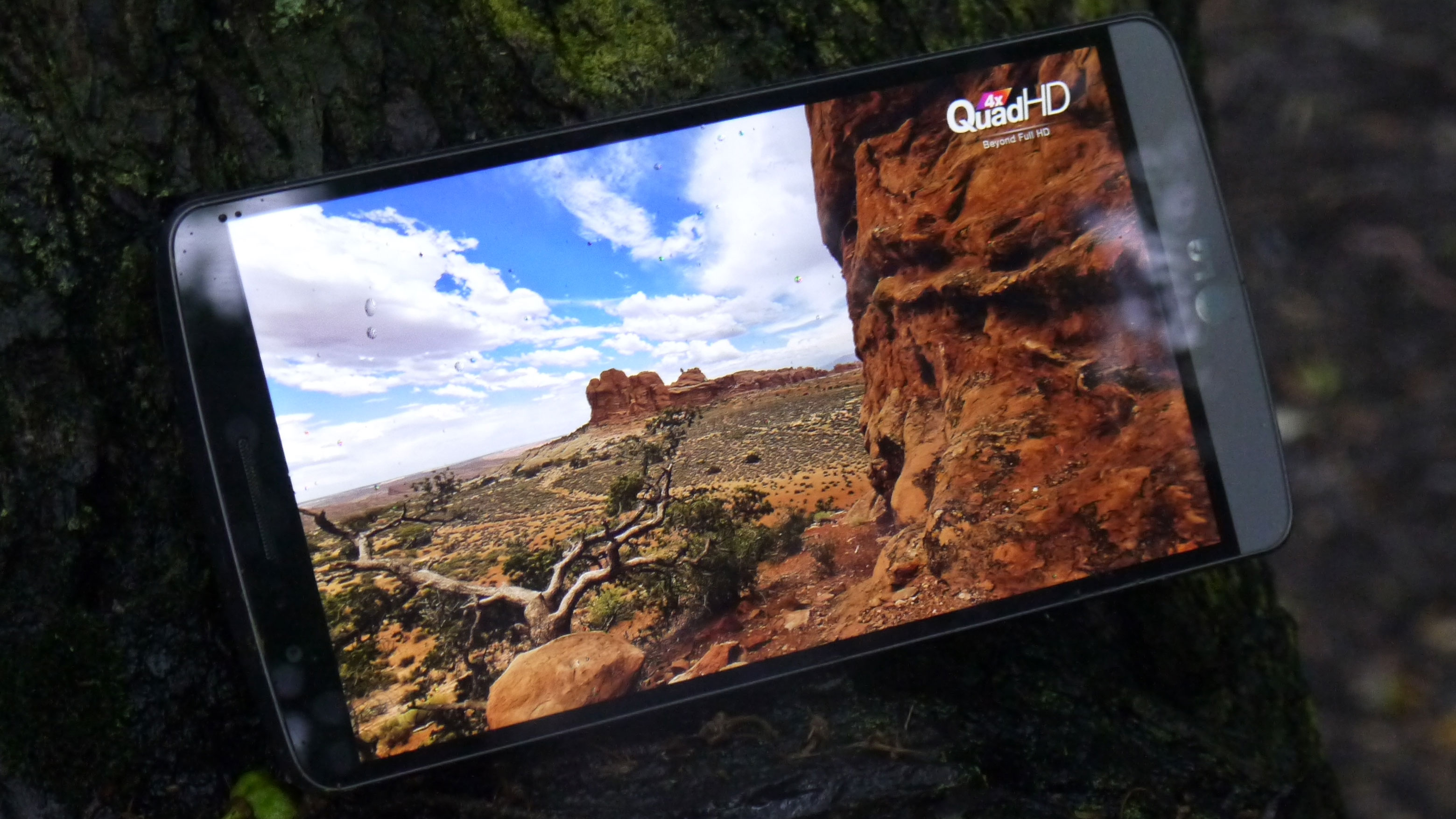Phone of the year 2014: the winners

It has been a funny old year for phones. In some areas it seems as though progress has plateaued, that the improvements we're seeing these days are a case of diminishing returns.
Are phones getting boring? Anything but. This year we've seen the capabilities of phones branch out from the phones themselves into other parts of our lives. A while back this sort of stuff was 'the future' but it's fast becoming the norm.
We're talking about things like Chromecast, smart watches, fitness trackers, and that just about every new TV offers a mode to stream video directly from your phone. What was once the preserve of very expensive gadgets is now here for everyone.
Even multi-room audio, which became a much, much bigger deal in 2014, centres around your smartphone. If you don't think phones really changed enough in 2014, consider the ways they're subtly changing the way we live in the periphery. We live in exciting tech times.
The best in the biz
An awful lot of phones were released in 2014. It's not all about watches and fitness trackers. We reviewed more than 100 phones this year, ranging from the great to the truly awful.
It has been a tough year for many phone-makers, with the rate of sales slowing for most manufacturers. Apple is one of the few that seems to be immune to this.
Apple gave the iPhone series a full reboot this year, bringing the most radical design changes since the series began back in 2007. iPhones are no longer dinky things that anyone from a child to a 57 year-old banking executive can handle with ease.
Sign up for breaking news, reviews, opinion, top tech deals, and more.
The giant 5.5-inch iPhone 6 Plus raised a few eyebrows, and while it hasn't sold quite as well as the iPhone 6, Apple shifted a jaw-dropping 10 million of the pair in just a weekend. These sorts of figures have Samsung execs crying into their balance sheets.

Sad-sung
"HTC and LG have always been smaller Android players than Samsung, but we actually preferred these companies' top phones"
It has been a tough year for Samsung. Sales of the Samsung Galaxy S5 haven't matched those of the Galaxy S4, and the company has been clutching at straws ever since.
To combat the most common criticism: that Samsung's phone often look and feel a bit cheap, the plastic fantastic style of Samsung's premium phones has been tweaked. We now get metal around the edge of many phones instead of plastic, although it hasn't managed to get over its obsession with leather-effect plastic. Some vices are hard to give up.
What's next? Samsung has already shown us its next steps with the Galaxy Note Edge, a phone with a curved edge to its screen. Some say this is what Samsung is banking on to re-inspire you in 2015. The jury's out on whether it'll do the trick.
HTC and LG have always been smaller Android players than Samsung, but we actually preferred these companies' top phones, the HTC One M8 and the LG G3, to Samsung's. Did they sell as well as the Galaxy S5? Of course not. Here's how the main top-tier phones' sales stacked up in 2014, judging by little tit bits of information we've gathered from a whole bunch of financial reports:
- iPhone 6 and 6 Plus: 10 million in a weekend
- Galaxy S5: 12 million in 3 months
- LG G3: 'on track' for 10 million
- HTC One M8: 3-5 million in Q2 2014
The revelation here is the LG G3. It's LG's best-selling phone ever, and after the smash that was 2013's LG G2, the G3 has really brought the company back into the big time. If you want a high-end phone, you should always consider an LG. We certainly wouldn't have said that a couple of years ago.

Where's the hover-phone?
"The LG G3 was the first big-name phone to use a QHD screen, offering four times the resolution of a 720p display"
But what have these phones brought that we didn't get back in 2013? The laser beams and 10-day batteries we ordered never turned up, and a lack of features that might induce pant-wetting excitement might be why most manufacturers struggled this year. After all, why would you spend £500 on an upgrade when all you get is one more digit on the name and a 0.1-inch larger screen?
Still, we did get a few important upgrades. The LG G3 was the first big-name phone to use a QHD screen, offering four times the resolution of a 720p display. A 5.5-inch phone with more pixels than a 65-inch TV. It's kinda crazy when you think about it.
This is the future, and we'll see this resolution in most super-high-end phones next year.
What else? Android and Qualcomm's Snapdragon CPUs kicked battery life up a notch, with two-day battery life seeing Androids leave iPhones chowing down on dust.
It's really the parts outside of the phones themselves that got us excited this year, though.
Android Wear is still a newborn baby and the Apple Watch isn't even out yet, but they're going to change the way with interact with our phones. Fitness trackers have exploded too, if you find Wear just that bit too much like a box of gimmicks no-one asked for.
We live in a wearable world now, folks. You need to get on-board to earn your gadget geek points. Just having a phone isn't enough anymore.
The TechRadar hive mind. The Megazord. The Voltron. When our powers combine, we become 'TECHRADAR STAFF'. You'll usually see this author name when the entire team has collaborated on a project or an article, whether that's a run-down ranking of our favorite Marvel films, or a round-up of all the coolest things we've collectively seen at annual tech shows like CES and MWC. We are one.